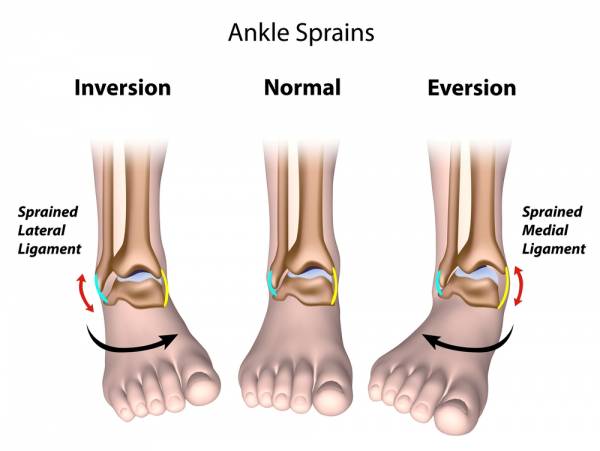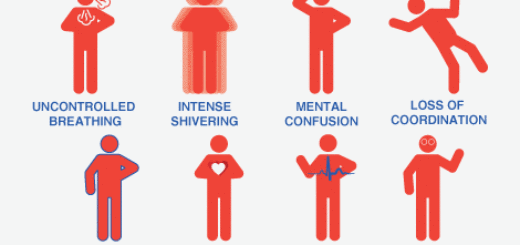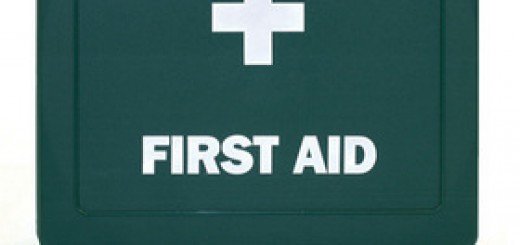Sprain First Aid
Sprains and strains are common soft tissue injuries. Most of us will experience a strain or a sprain at some point. In this first aid blog post we’ll take a closer look at the first aid treatment for sprains and strains as well as discussing the difference between these two types of injury.
Sprains
Sprains involve the over-extension of a joint, usually with partial rupture of the ligaments in the joint. There may also be blood vessel, nerve or tendon damage. Like a fracture, severe ligament damage may require subsequent immobilization in a plaster cast.
Signs and Symptoms of a Sprain
- Sudden pain in the joint
- Loss of power and ability to put weight through the joint
- Bruising
- Swelling
- Area becomes tender (painful to press on)
First Aid Treatment
- RICE: Rest, Ice, Compression, Elevation
- Seek medical aid for assessment of ligament damage

Strains
Strains involve over-stretching of the major muscles or tendons and occur when the fibers of a muscle or tendon are over-stretched and tear. This injury is usually less severe than a sprain, but can still have complications if not managed correctly.
Signs and Symptoms of a Strain
- Pain, worse on movement
- An audible ‘crack’ may be heard as the tendon parts from the bone
- Tenderness, discomfort when weight bearing
- Swelling, if near joint
First Aid Treatment
- RICE: Rest, Ice, Compression, Elevation
- Avoid stretching or massaging the injured limb for 24 hours
- When the pain subsides, start activity slowly and in moderation
- If pain persists, seek professional medical advice
RICE Treatment for Sprains and Strains
RICE is a first aid acronym used to remember the treatment of soft tissue injuries in first aid.
RICE stands for:
- Rest. Resting the injured area helps reduce bleeding and swelling.
- Ice helps to limit inflammation and reduce pain by causing the blood vessels to constrict, restricting the amount of fluid and swelling in the injured part.
- Compression. Wrapping the injured part with tape or an elastic bandage helps limit swelling by reducing blood flow to the injured part.
- Elevation. Raising the injured part reduces blood flow & subsequent painful swelling.





